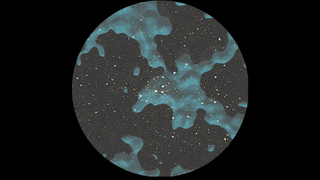
Robert Lea
Robert Lea is a science journalist in the U.K. whose articles have been published in Physics World, New Scientist, Astronomy Magazine, All About Space, Newsweek and ZME Science. He also writes about science communication for Elsevier and the European Journal of Physics. Rob holds a bachelor of science degree in physics and astronomy from the U.K.’s Open University. Follow him on Twitter @sciencef1rst.
Latest articles by Robert Lea
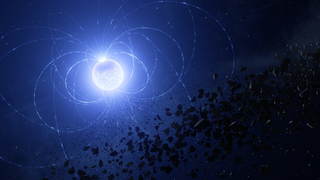
Zombie star earns metal scar while chewing its own planets: 'Nothing like this has been seen before'
By Robert Lea published
A zombie star feasting on its surrounding planets and asteroids hasn't escaped the cannibalistic process unscathed. Resulting debris has given this white dwarf a metal scar.
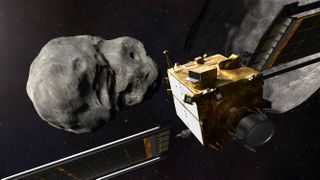
NASA's asteroid-impacting DART mission completely changed the shape of its target
By Robert Lea published
When NASA's asteroid-diverting DART mission slammed into the tiny moonlet Dimorphos, it didn't just shift its orbit — it also almost completely changed its shape, new research suggests.
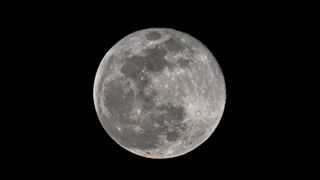
See February's Full Snow Moon light up the night sky around the world (photos)
By Robert Lea published
February's Full Snow Moon may have been the smallest full moon of 2024, but it had a big impact on moon lovers, skywatchers, and astrophotographers across the globe who braved the cold to catch it.

'Quantum gravity' could help unite quantum mechanics with general relativity at last
By Robert Lea published
Researchers have measured the gravitational pull exhibited by the smallest mass yet, a breakthrough that could lead to a quantum theory of gravity at last.
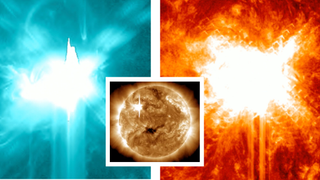
Sun erupts with most powerful solar flare since 2017 amid explosive week (video)
By Robert Lea published
The sun has blasted out its most powerful flare of the current solar cycle. The X6.3 solar flare peaked in the afternoon on Thursday (Feb. 22) and is the most powerful flare since 2017.
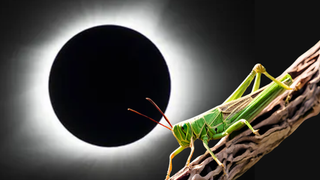
NASA Eclipse Soundscapes Project will record how 2024's total solar eclipse impacts nature
By Robert Lea published
The public is invited to contribute to NASA's Eclipse Soundscapes Project by recording sensory data as 2024's total eclipse passes overhead to determine its effect on the animal kingdom.
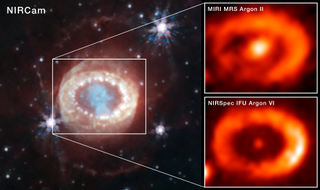
James Webb Space Telescope spots neutron star hiding in supernova wreckage
By Robert Lea published
The neutron star stayed hidden for 37 years while lurking in the wreckage of a stellar explosion, Supernova 1987A.
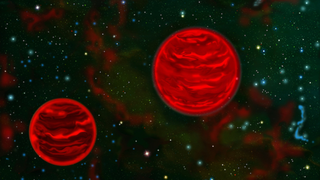
Radio signals from Orion nebula reveal new data about strange celestial objects: 'JuMBOS'
By Robert Lea published
Astronomers have discovered a radio signal from a 'JuMBO' in the Orion nebula, a weird celestial object discovered by the James Webb Space Telescope that defy star and planet formation models.
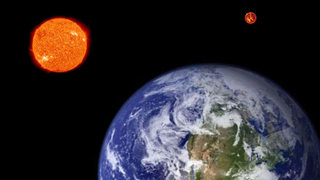
'Intruder' stars have changed Earth's climate over the eons. Here's how.
By Robert Lea published
Intruding stars may have thrown Earth's orbit off-kilter in the past, causing shifts in our planet's climate, a new study suggests.
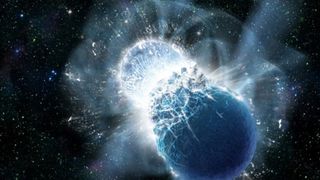
Scientists create 5 new isotopes to learn how neutron star collisions forge gold
By Robert Lea published
Scientists have brought the stars 'down to Earth' by creating 5 new isotopes that could reveal how heavy elements like gold are created when neutron stars smash together.
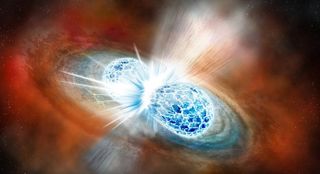
James Webb Space Telescope finds neutron star mergers forge gold in the cosmos: 'It was thrilling'
By Robert Lea published
Using the James Webb Space Telescope, scientists have confirmed that neutron star mergers forge heavy elements like gold.
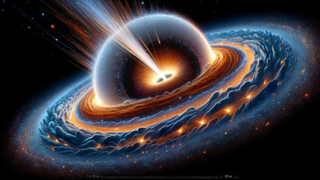
These supernovas are whipping up a storm, contributing to cosmic life and death
By Robert Lea published
Astronomers have observed a so-called standard candle supernova generating clouds of cosmic dust, bringing us a step closer to understanding the life and death cycle of stars.
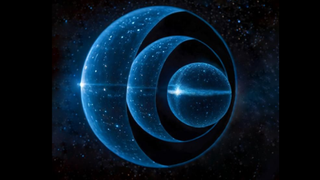
Black hole-like 'gravastars' could be stacked like Russian tea dolls
By Robert Lea published
A new solution to Einstein's theory of general relativity suggests a hypothetical star could be made of stacked black holes.
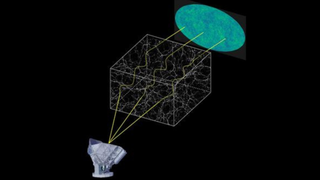
South Pole Telescope has a 'treasure map' to the secrets of dark matter
By Robert Lea published
A new camera on the South Pole Telescope has used the Cosmic Microwave Background as a celestial treasure map that could lead to the secrets of dark matter.
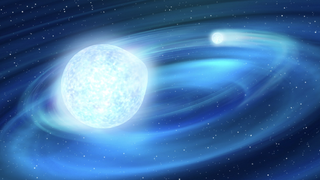
For this dead star, 72 years is a single Earth day
By Robert Lea last updated
Ultimately, this could reveal how stars smaller than Jupiter are born.
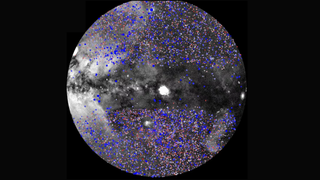
Major X-ray sky survey could relieve crisis surrounding the universe's 'lumpiness'
By Robert Lea published
Observations of galactic clusters made by the eROSITA X-ray all-sky survey could help solve a troubling tension in cosmology surrounding the 'lumpiness' of matter in the universe.
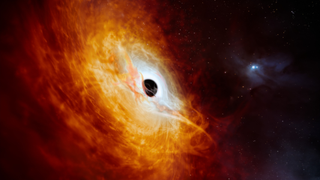
Brightest quasar ever seen is powered by black hole that eats a 'sun a day'
By Robert Lea published
Astronomers have discovered a quasar that remained hidden for over the years is the brightest ever, powered by the fastest growing black hole ever discovered that eats a sun every day.
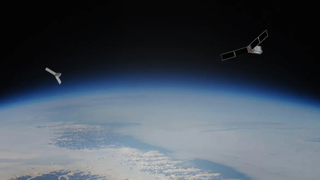
NASA's twin spacecraft will go to the ends of the Earth to combat climate change
By Robert Lea published
In Spring 2024, NASA will launch two tiny twin satellites as part of the PREFIRE mission that will journey to the poles to collect data that will help monitor climate change.
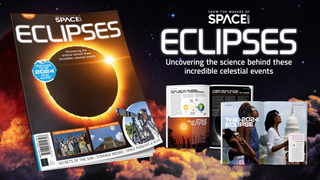
Get ready for the 2024 total solar eclipse with Space.com with our 'Eclipses' bookazine
By Robert Lea published
Grab a copy of Space.com's 2024 solar eclipse edition and a pair of solar eclipse glasses to get ready for April's exciting event.
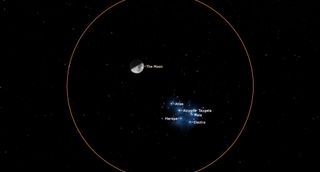
See the moon meet up with the Seven Sisters of the Pleiades tonight
By Robert Lea published
The moon meets up with the Seven Sisters of the Pleiades on Friday (Feb. 16) as skywatchers get a chance to see lunar landmarks known as the Lunar X and Lunar V.
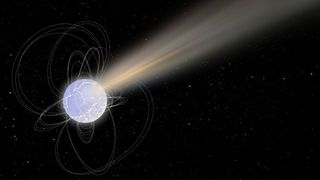
Dead star 'glitches' could reveal the origins of fast radio bursts
By Robert Lea published
The highly magnetic neutron star underwent two massive shifts in velocity and then slowed down due to powerful magnetar winds.
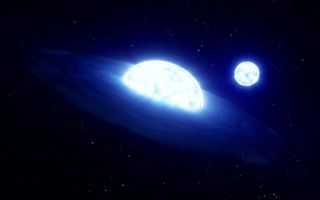
'Odd couple' kissing stars created by unromantic cannibalistic feeding dance
By Robert Lea published
Valentine's Day won't be all hearts and flowers for some "kissing stars." These "odd couples" were created by a close-quarters feeding dance.
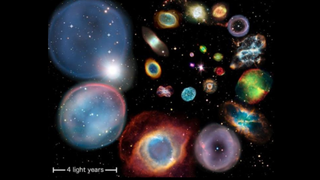
Fire but no brimstone: Where is the universe's missing sulfur?
By Robert Lea published
Astronomers may finally know why some death shrouds created by the deaths of sun-like stars lack the element sulfur.
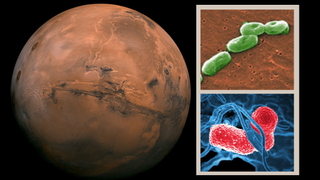
Astronauts may accidentally threaten Mars missions with their gut bacteria, scientists warn
By Robert Lea published
New research has shown that disease-causing bacteria carried in the human gut can also survive in Martian soil, a discovery with implications for future crewed exploration of Mars.
